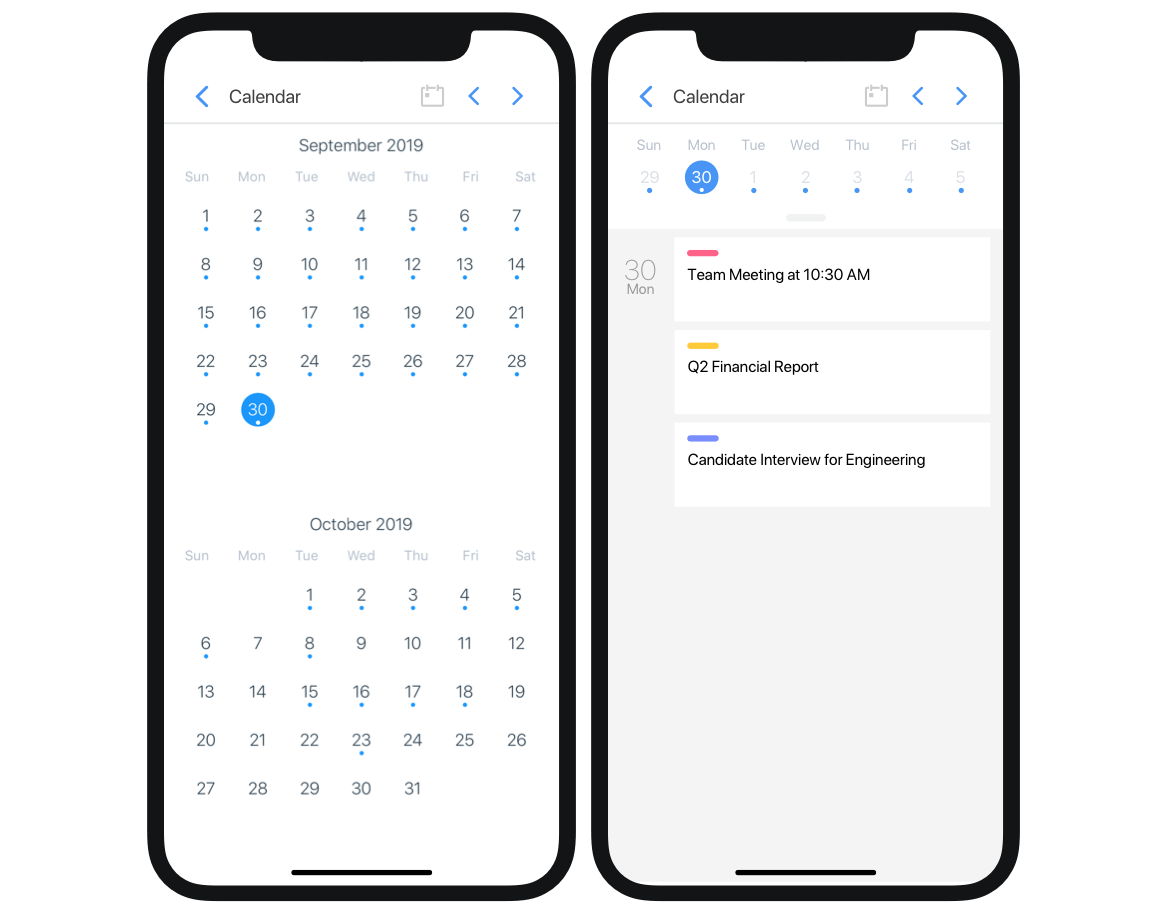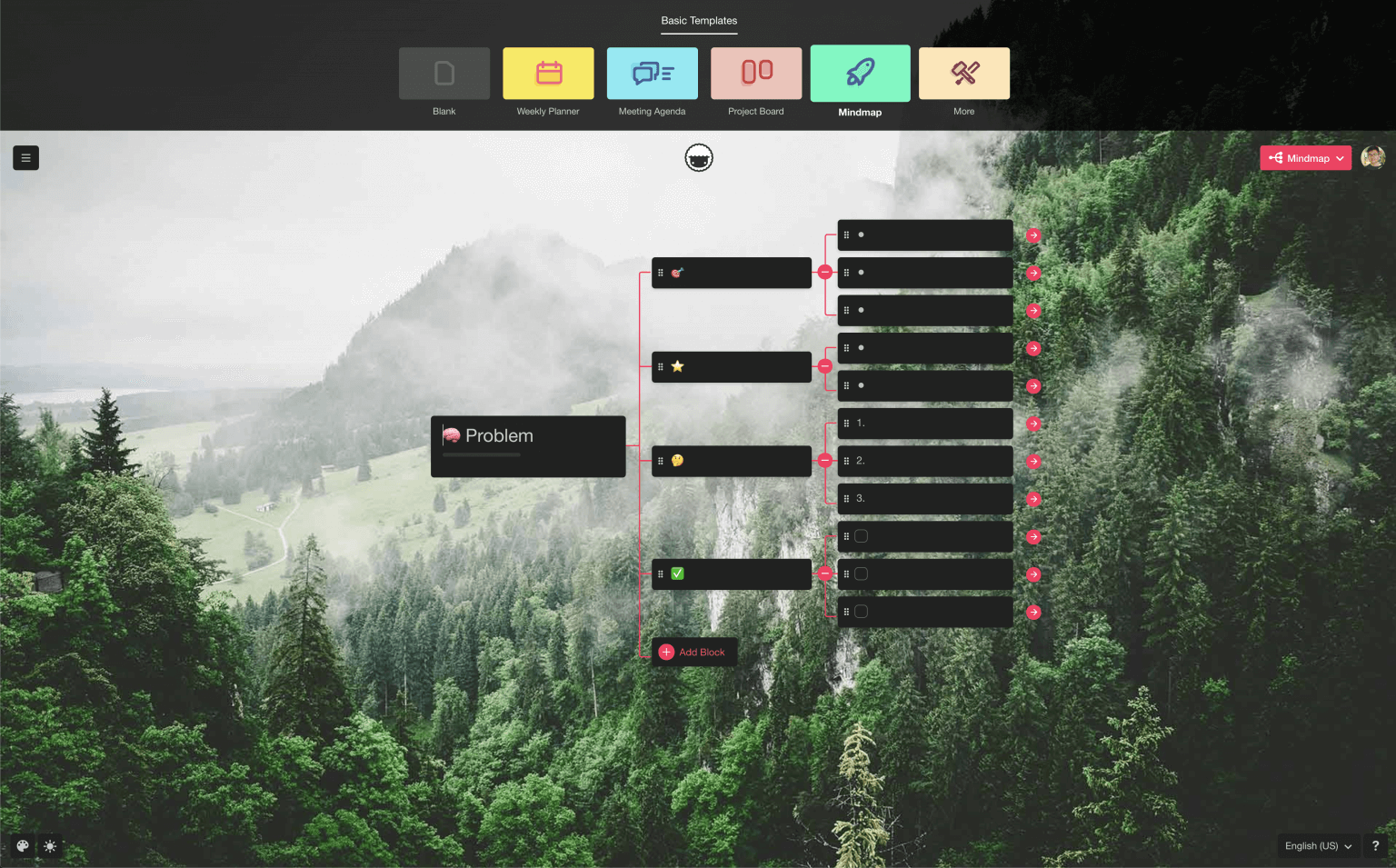

Some of these are portability, dedicated apps, and wireless connection. While there are clear differences between desktop and mobile experience, there are quite a few areas that matter more when delivering an optimal experience for users. On the other hand, the conversion rate for tablet users is 3.36%, while for mobile users is 1.53%. In one study by BroadbandSearch, desktop users had a conversion rate of 4.14% in 2019, suggesting that users are more intent on purchasing products when they are using a desktop. In the last five years, conversion rates have increased on all types of devices, including mobile, desktop, and tablets. Differences between Desktop and Mobile Experience This signifies, however, that developers need to put more thought into the differences between the desktop and mobile experiences and create better applications and responsive designs catering to specific users. While smartphones and tablets provide better flexibility and portability, desktop computers and laptops are still better performers when it comes to more complicated computing tasks. This doesn’t necessarily mean that desktop computing devices are on the verge of exiting the market. The same study also found that 90% of the time spent by mobile users goes to using mobile-dedicated applications. Although the desktop web traffic is relatively higher at 56.7% in the same year, trends reveal that mobile Internet use is poised to continue growing, potentially eclipsing desktop use in the coming years. Research firm BroadbandSearch reveals that from 51.3% in 2016, web traffic that came from mobile users rose to 53% in 2019 (“Mobile vs.
Taskade guide software#
The use of learning management software and the implementation of mobile learning are also becoming popular among global corporations, according to the latest video training statistics.

Today, there is an increasing number of people turning to mobile devices for web browsing, ecommerce transactions, and other online-related activities. Thanks to the development of newer and more advanced devices, desktop computers are now not the only way for people to access the World Wide Web. According to the latest data from Internet World Stats, there are now 4.53 billion people (about 58.8% of the world’s population) who have access to online web portals (“World internet users,” n.d.). With each passing year, the technology landscape keeps changing, providing more ways for people to access the Internet.


According to the latest data from WeAreSocial (“Digital 2019: Global internet use accelerates,” 2019), Internet users are growing at a rate of more than one million new users every day. In general, people are spending more and more time consuming digital media content.


 0 kommentar(er)
0 kommentar(er)
